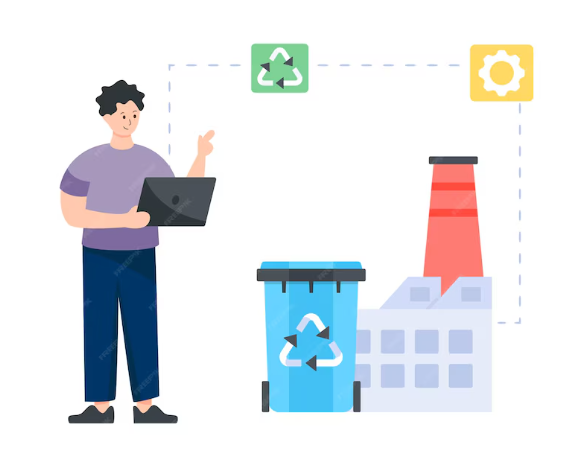Sustainable Construction With Cloud-Based Solution
Our environment is shaped to a great extent by the construction industry. Nevertheless, it can be seen that conventional methods do have significant impacts on the environment. Being one of the largest creators in this field, Chronaiv5 knows very well what sustainability means and therefore presents their strategy – Sustainable Construction with Cloud-based Solutions. In this article we are going to talk about some barriers for sustainable development in building sector as well as its potentials; moreover we will see what kind of help does Chronaiv5 cloud technology give construction firms so they could construct eco-friendly buildings more often than not.
Beyond the Blueprint: The Challenges of Sustainable Construction
Sustainable construction intends to minimize the ecological effects of human-made structures from cradle to grave which includes material sourcing, manufacturing, building, operation and maintenance up to their decommissioning, demolition or refurbishment. Some of the main problems faced by the construction industry while striving towards more sustainable practices are:
Efficient use of resources
Choice of materials
Energy efficiency
Waste reduction
Building with Responsibility: The Advantages of Sustainable Construction
Eco-friendly building methods can hugely benefit construction firms in terms of environment and economy:
Less Harm to the Environment
Construction companies are able to shrink their environmental footprint and help build a greener world by optimizing resource usage, using sustainable materials and constructing energy-saving buildings.
More Respect for Brand Identity
Sustainability has become a priority for consumers as well as businesses. Therefore, those construction firms that embrace sustainability in their operational processes may gain more respect from clients who are concerned about the environment.
Adherence to Rules
Rules relating to building energy conservation and waste management are getting stricter day by day. To avoid penalties and ensure full compliance with such legislation, companies engaged in construction can adopt eco-friendly practices.
Better Cost-effectiveness
Savings made during projects’ life cycles through efficient use of resources, reduction of wastage, or energy efficiency in buildings could be enormous for any given company involved in construction.
Higher Project Worth
Sustainable structures are usually more power-effective with lower operating costs thus tenants prefer them which ultimately raises the value of any development.
Building with Intelligence: Cloud-Based Solutions for Sustainable Construction
Chronaiv5 cloud-oriented solutions enable construction businesses to adopt sustainable practices in different parts of their projects:
Building with Transparency: Real-World Applications of Cloud-Based Solutions for Sustainability
This is how Chronaiv5 solutions based in the cloud can help drive sustainable practices in construction:
Choosing Materials That Have Lower Environmental Impact
A BIM platform that a construction company uses comes with LCA tools for comparing environmental impacts among different concrete mixes. The information helps them choose one with reduced embodied carbon emissions thereby cutting down on their overall ecological footprint.

Energy Optimization during Building Design
An architectural firm applies cloud-based energy modeling software to assess the energy performance of a proposed building design. With this, they can adjust the plan based on simulation outcomes to enhance envelope efficiency, cut down on power usage and create more sustainability in buildings.

Efficient Waste Management in Construction Sites
Waste management software hosted in the cloud is employed by a construction company so as to keep track of wastes produced on-site, classify waste streams and identify areas where recycling or reduction could be done. This information may be utilized in instituting waste management strategies at targeted levels while also ensuring that such wastes are diverted from landfills.


